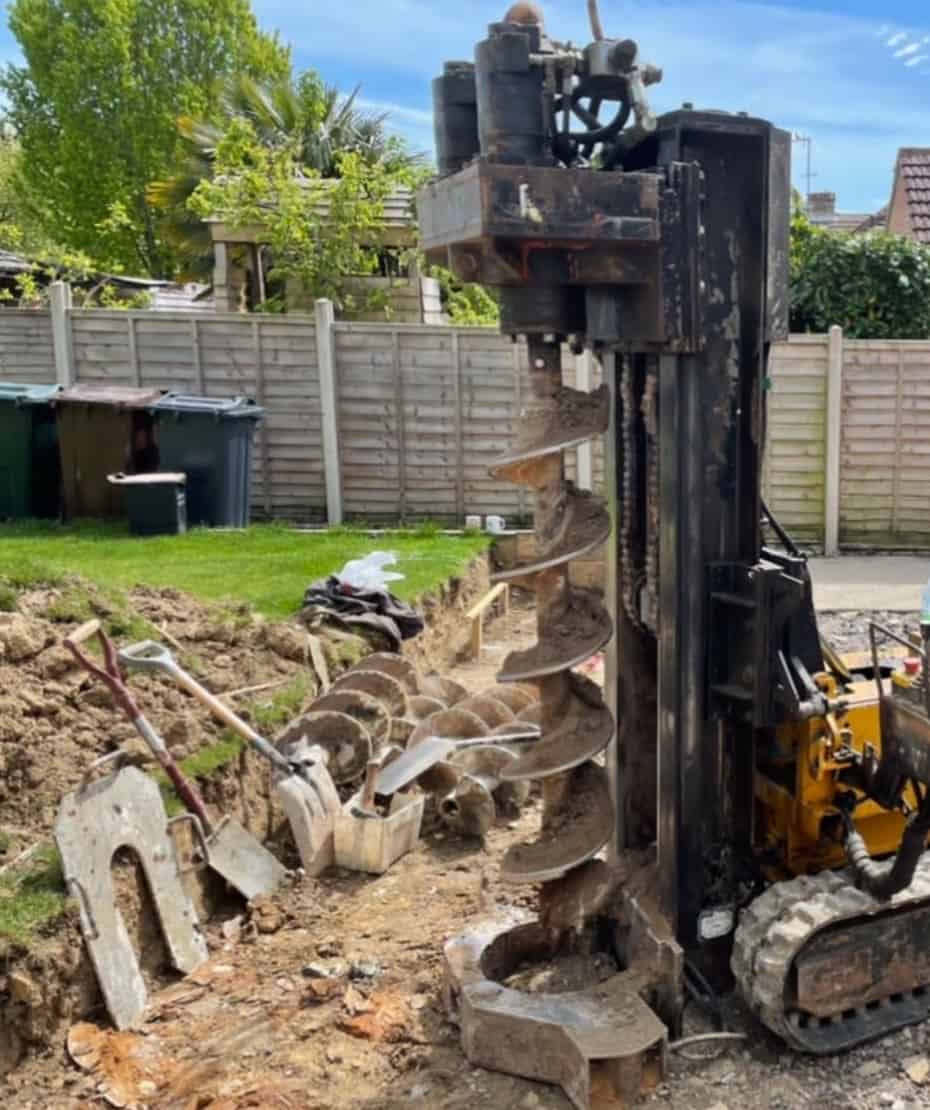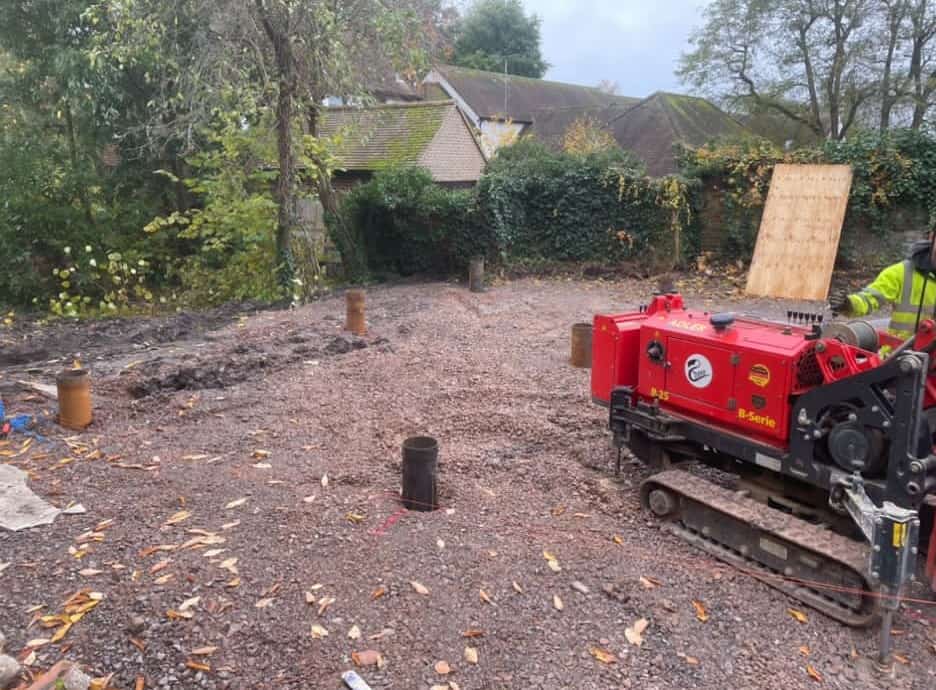A strong foundation is required to ensure stability and strength when constructing buildings or giant structures. Sometimes, the ground doesn’t provide enough support on its own, so some special techniques are applied to secure the foundation. One of these techniques includes the usage of piles. They are driven deep into the ground to support the rest of the structure and are ideal for areas where the soil is weak or unstable. The piles are made of wood, steel, or concrete and have a long, circular or rectangular shape.
Table of Contents
ToggleImportance of Piles
Piles are incredibly important in construction because they help distribute the load of a building over a larger area. This prevents the structure from sinking or shifting as the years go by. Piles can reach deep in the ground where regular foundations might not be enough to support a heavy building.
That’s how it ensures the foundation is anchored and secured, resulting in a safer structure. Piles can also be used in different environments, like underwater construction.

What are Driven Piles?
Driven piles are long, sturdy columns that are “driven” deep into the ground using a large hammer or similar machinery. Normally, these piles are made of concrete, steel, or wood, and driving involves pounding the pile into the soil until it reaches a level that can support the weight of the building. Since the installation process is quick, driven piles are a popular choice for construction projects that require a solid foundation in shorter time.

What are Bored Piles?
On the other hand, bored piles are installed by drilling a hole into the ground and filling that hole with concrete to form a solid foundation around it. Since they don’t require pounding into the ground, they are ideal for fragile or densely packed soil areas. This process involves drilling into the earth with specialised equipment to remove the stuffing (debris, soil) from the hole.
Once the hole is prepared, it is filled with concrete and reinforced with steel to create a solid pile. Thus, bored piles are more common in urban areas because they are the best option for building infrastructure within a densely populated city.
Driven Piles vs Bored Piles | Comparing Piling Options
Driven piles and bored piles are two foundational methods used in construction, each with distinct applications. Driven piles are prefabricated and hammered into the ground using heavy machinery, making them ideal for dense or cohesive soils. They are quick to install and provide immediate load-bearing capacity. Bored piles, on the other hand, are constructed on-site by drilling a hole into the ground, then filling it with concrete and reinforcement. These are better suited for sites with limited access or where minimal vibration is necessary, such as urban areas or near sensitive structures. The choice between them depends on soil conditions, environmental impact, and project requirements.
Are you curious about which pilling type is more efficient and delivers better results? Here’s a one-on-one comparison to entertain you about the major differences. So let’s explore it in different aspects:
Noise & Vibration
- Driven Piles: Because they’re hammered into the ground, driven piling involves a lot of noise and vibrations. This can be disruptive, especially in busy or residential areas.
- Bored Piles: In contrast, bored piles are much quieter and less disruptive because they do not involve hammering. The drilling process goes seamlessly and produces minimal noise during the job.
Soil Conditions
- Driven Piles: They work well in dense or hard soils (like clay, sand, or rocky layers), where they can be forced down easily to fall under the ground.
- Bored Piles: These are better for softer, looser soils (like silt or soft clay) because drilling allows for more control and stability for deep pilling.
Cost
- Driven Piles: They tend to be more cost-effective and faster to install, but they can be more expensive in areas with challenging soil conditions, which are common in urban areas.
- Bored Piles: These are expensive because drilling takes time and more recourse than usual in certain soil conditions or sensitive locations.
Environmental Impact
- Driven Piles: The pounding can cause vibrations, potentially damaging nearby buildings or utilities. If a building is nearby, the chances of its window trembling are higher.
- Bored Piles: Due to their quiet operations, they are less likely to cause vibrations and have less environmental impact. So, if these are operated in a densely populated or sensitive location, the residents won’t notice anything.
Application
- Driven Piles: These are commonly used for giant bridges, piers, and other structures where speed & strength are vital in a solid soil area.
- Bored Piles: These are ideal for urban settings for tall buildings or places where builders need precise control over the foundation to keep the nearest landmarks safe & secure.
The Bottom Line
All in all, we hope you understand the difference between bored and driven piles. Both offer great benefits in different ground conditions. Yet, the best one depends upon your needs and the soil situation. In some cases, contractors start with the driven pile and later realise that they have to deploy bored piles. We recommend hiring a reliable piling company such as Southern Foundations and Piling to avoid this situation. Also, our experts ensure that all standards are met and deeply analyse the soil to install the right pile type.



